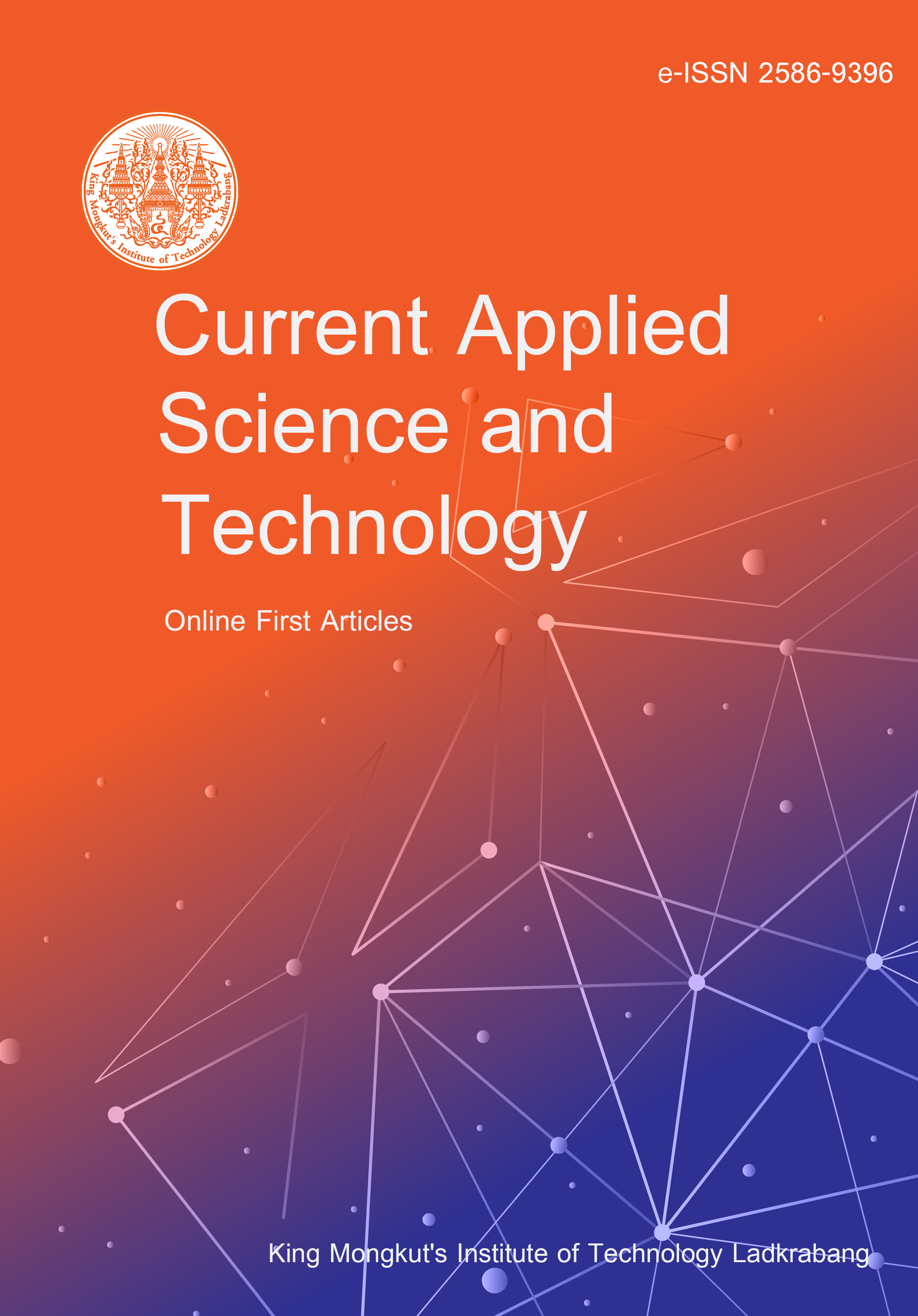This study was focused on optimizing a needleless electrospinning process for the large-scale production of PVA/TiO₂/chitosan nanofibers. Using a custom-designed mushroom-shaped spinneret, key parameters including solution viscosity, electric field strength, flow rate, and spinneret-to-collector distance—were systematically varied and optimized to enhance fiber production efficiency and uniformity. Three spinneret designs, multiple solution compositions, and electric field strengths were tested to determine optimal conditions. The resulting nanofibers were characterized using FTIR, SEM, XRD, and EDX, confirming the successful integration of TiO₂ and chitosan into the polymer matrix. The mushroom-shaped spinneret demonstrated the highest production efficiency, producing uniform nanofibers with an average diameter of 150 nm and a throughput of 300 mg/h. Mechanical testing indicated an improved tensile strength of 9.2 MPa, while photocatalytic evaluation showed 82% methylene blue degradation after 180 min of UV exposure, confirming their potential for environmental remediation. Compared to conventional single-needle electrospinning, the needleless electrospinning setup exhibited higher throughput, better fiber uniformity, and improved control over nanofiber properties, indicating its viability for industrial-scale applications. Future research should explore long-term stability, advanced material combinations, and further parameter refinements to enhance large-scale nanofiber production.
Prasetya, D. S. B. ., Supriyanto, E. ., Andarini, N. undefined. ., Hermida, I. D. P. ., Wibowo, , & Kusumatmaja, A. undefined. . (2025). Optimization of Needleless Electrospinning for the Large- Scale Production of Photocatalytic Nanofibers. CURRENT APPLIED SCIENCE AND TECHNOLOGY, e0264845. https://doi.org/10.55003/cast.2025.264845

